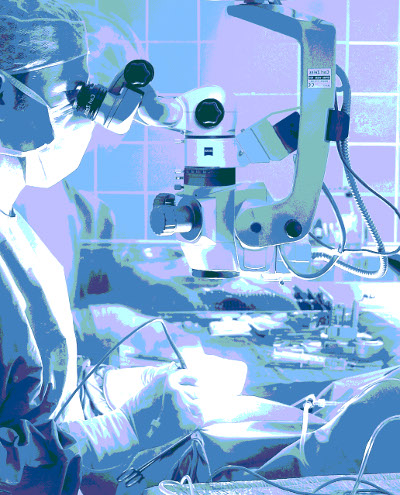Health experts surveyed
 A review has found Australia’s health and medical research workforce is diverse and motivated, but facing challenges.
A review has found Australia’s health and medical research workforce is diverse and motivated, but facing challenges.
A new audit by the federal government, in partnership with Mandala Partners, reveals insights into the demographics, professional pathways, and obstacles in the sector, which are set to guide the National Health and Medical Research Strategy.
The Australian Health and Medical Research Workforce Audit shows approximately 39,690 health and medical researchers are currently employed across Australia.
Of these, 65 per cent work within traditional academic environments such as universities and medical research institutes, while 33 per cent are in private or clinical roles.
The findings draw on professional profiles, surveys, and desktop research to provide a detailed look at the sector’s workforce.
Gender equity remains a critical issue, as women make up 52 per cent of researchers but hold only 25 per cent of senior roles.
The audit also highlights the workforce’s international nature, with over 40 per cent of researchers originating from overseas.
Researchers are primarily based in metropolitan areas, particularly Victoria, with relatively low representation in regional and remote regions - a disparity the forthcoming strategy may address.
The report found that researchers are driven by a desire to make societal impacts, but face hurdles around funding and job security.
In the past five years, more than 60 per cent of researchers have transitioned into leadership or management positions outside direct research, where they contribute significant knowledge and skills from their previous roles.
The audit and the MRFF Report on Chief Investigator Data, which covers researchers supported by the Medical Research Future Fund, offer further insights for stakeholders.







 Print
Print


